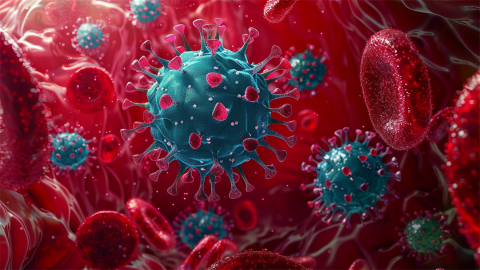What is Mycoplasma pneumoniae?
Under normal circumstances, Mycoplasma pneumoniae is a microorganism that lies between bacteria and viruses. Detailed analysis is as follows:
Mycoplasma pneumoniae is a small microorganism that exists between ciliated epithelial cells. It adheres to the surface of host respiratory epithelial cells via neuraminic acid receptor sites on its cell membrane, thereby inhibiting ciliary activity and damaging epithelial cells. At the same time, Mycoplasma pneumoniae generally survives in environments with relatively high humidity and moderate temperature, and it has poor tolerance to dryness, high temperatures, and similar conditions. It survives only for a short time once it leaves the human body.

Mycoplasma pneumoniae mainly infects humans through droplet transmission. Its incubation period is relatively long, usually 2-3 weeks, and the onset of illness is often gradual, unlike diseases such as influenza that have a sudden onset. Moreover, the disease course after infection is prolonged, especially the cough symptom, which may last for several weeks. If related symptoms appear, timely medical attention is recommended.
It is recommended to maintain good indoor air circulation and keep warm. At the same time, attention should be paid to nutritional diet, which helps enhance immunity.




